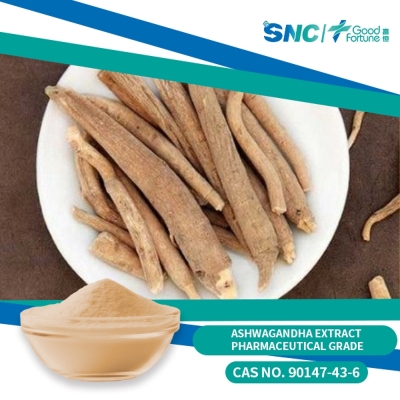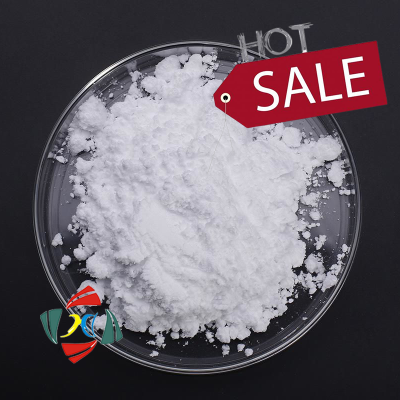-
Categories
-
Pharmaceutical Intermediates
-
Active Pharmaceutical Ingredients
-
Food Additives
- Industrial Coatings
- Agrochemicals
- Dyes and Pigments
- Surfactant
- Flavors and Fragrances
- Chemical Reagents
- Catalyst and Auxiliary
- Natural Products
- Inorganic Chemistry
-
Organic Chemistry
-
Biochemical Engineering
- Analytical Chemistry
- Cosmetic Ingredient
-
Pharmaceutical Intermediates
Promotion
ECHEMI Mall
Wholesale
Weekly Price
Exhibition
News
-
Trade Service
With the development of research around acute ischemic stroke endovascular treatment (EVT), strategies to improve research efficiency have become imperative
.
An important part of effective EVT clinical trial design is to define an early and optimal clinical surrogate endpoint that can accurately distinguish between effective and ineffective interventions to a certain extent
Stroke blood vessel
In addition, the baseline and early follow-up (usually 24 hours) assessment of the nervous system status, the most frequently used is the National Institutes of Health Stroke Scale (NIHSS) score, which is routine and easy to perform
.
The early state of the nervous system measured by NIHSS is closely related to patient-centered long-term functional results
.
Therefore, the early measurement of NIHSS after acute stroke intervention is an attractive early alternative clinical endpoint in clinical trials
Therefore, the early measurement of NIHSS after acute stroke intervention is an attractive early alternative clinical endpoint in clinical trials
Therefore, 24-hour NIHSS is often analyzed as a binary result, and the baseline measurement is often not properly accounted for to improve efficiency
.
In this way, Eva A.
Mistry and others of Vanderbilt University Medical Center in the United States used a large, forward-looking, modern, multi-center, real-world data set to determine the early, NIHSS-based outcome measurement, and the most A good prediction of the 90-day functional outcome of patients receiving EVT treatment, and the use of external data sets to validate this finding
.
,
In the post-hoc analysis of this prospective observational study, they compared the capabilities of NIHSS assessed at 24 hours, ΔNIHSS (baseline minus NIHSS assessed at 24 hours), and percentage change (NIHSS×100/baseline NIHSS)
.
Logistic regression (adjusted for age, baseline NIHSS, glucose, hypertension, Alberta Stroke Program early CT score, recanalization time, recanalization status, and intravenous thrombolysis) and Spearman ρ were used to predict the 90-day modified by continuous and dichotomous analysis Rankin Scale (mRS)
.
Among the 485 patients in the BEST (Blood Pressure After Endovascular Stroke Therapy) cohort, 446 (92%) had 90-day follow-up data included
.
The absolute 24-hour NIHSS, which is adjusted to the baseline in the multivariate model, has the highest predictive power among all the definitions of the assessment;The absolute 24-hour NIHSS adjusted to the baseline in the multivariate model has the highest predictive power among the definitions of all evaluations; the absolute 24-hour NIHSS adjusted to the baseline in the multivariate model has the highest definition of all evaluations Predictive ability;
This is the second most effective method for predicting mRS scores 0-2 with cut-off points.
The best threshold for 24-hour NIHSS scores is ≤7 (sensitivity 80.
1%, specificity 80.
4%, P<0.
001), followed by The percentage change of NIHSS (sensitivity 79%, specificity 58.
5%; P<0.
001)
.
The important significance of this study lies in the discovery that the 24-hour NIHSS after baseline adjustment is the strongest predictor of the 90-day mRS outcome of patients treated with endovascular treatment
.
The 24-hour NIHSS score of dichotomy ≤7 is the second best predictor
The 24-hour NIHSS after baseline adjustment is the strongest predictor of the 90-day mRS outcome of patients treated with endovascular treatment
Leave a message here







